Is influencer marketing part of your 2021 digital marketing plan?
It certainly is for a rising number of brands, with newer platforms and formats making it more difficult to keep up with the latest trends, and ensure that they’re maximizing their messaging on every platform.
That’s especially true of an app like TikTok, which really requires specific audience knowledge and understanding to tap into the organic feel of the app, and connect with its audience. Indeed, the best ad campaigns, according to TikTok, are those that most closely align with the way regular users engage – and unless you’re active on the platform every day, that can be difficult to replicate.
So what tactics are digital marketers seeing the most success with in influencer marketing, and how are experienced agencies looking to allocate their influencer marketing budgets this year?
To shed some light on this, Linqia recently surveyed over 163 enterprise marketers and agency professionals, from a variety of industries, to learn more about their use of influencers, and how they’re looking to evolve their strategies in the year ahead.
You can read the full report here (via email sign-up), but in this post, we’ll take a look at some of the key findings.
First off, Linqia found that the vast majority of those surveyed indicated that they’re looking to increase their influencer marketing budget in 2021, following on from their experiences last year.
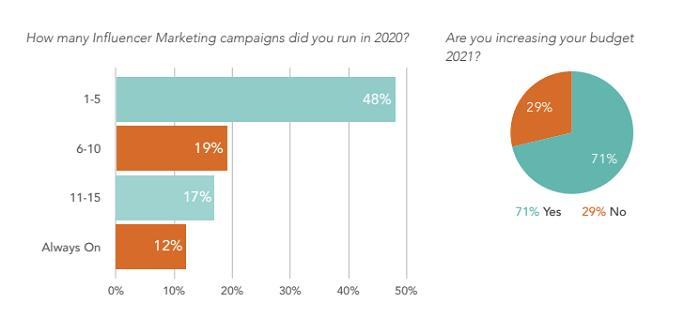
As per the report:
“71% of enterprise marketers who knew how the marketing budget would be allocated in 2021 said that their influencer marketing budgets would increase over 2020. That’s a large increase from our 2020 report when only 57% said they planned to increase their budget.”
The data suggests that more brands are seeing results from their influencer marketing efforts, which is further reinforced in relation to this question on influencer content versus brand-originated efforts.
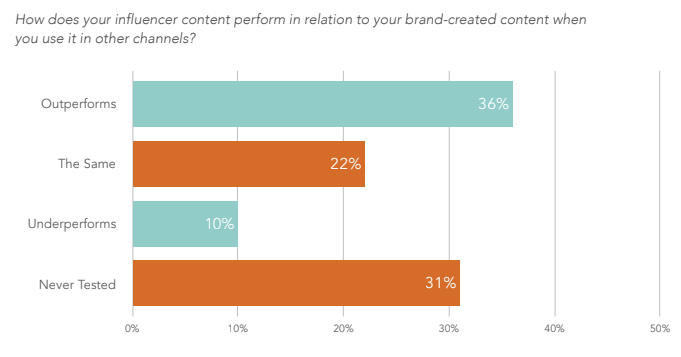
This underlines the fact that people on social media relate more to other people than they do brand entities, which is an important element to consider in your planning.
Linqia also found that micro-influencers – those with between 5k and 100k followers – are the most common focus for brand campaigns.
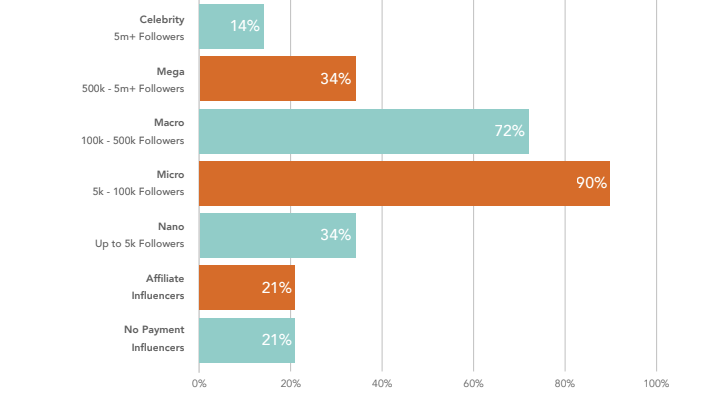
“Micro-influencers have always been the top choice for marketers in our annual survey, but this year, there was even stronger demand for this powerful group. In this year’s survey, 90% of marketers selected that they wanted to work with micro-influencers, up from 80% in 2020.”
While big-name celebrities are the ideal, that’s not an attainable goal for most brands. Influencers with smaller audiences tend to not only be more cost-effective, but they can also have stronger connection to their communities, that they’ve built through more direct engagement and interaction. That can make their endorsements more powerful, driving more sales.
Even if you’re not reaching the biggest possible audience, you may well be reaching the most lucrative one for your efforts with these creators.
Linqia also found that most influencer campaigns utilize between 5 and 10 influencers at a time, helping to spread the messaging over a broader audience pool.
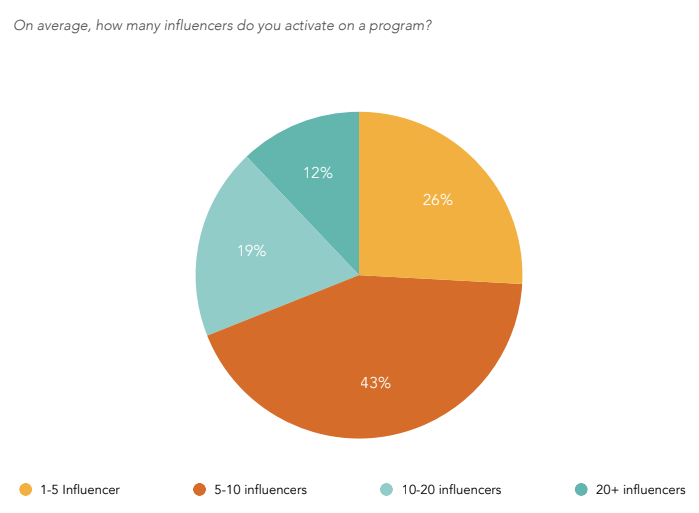
And while Instagram remains the main platform of focus, take a look at how TikTok has risen in demand over the past 12 months.
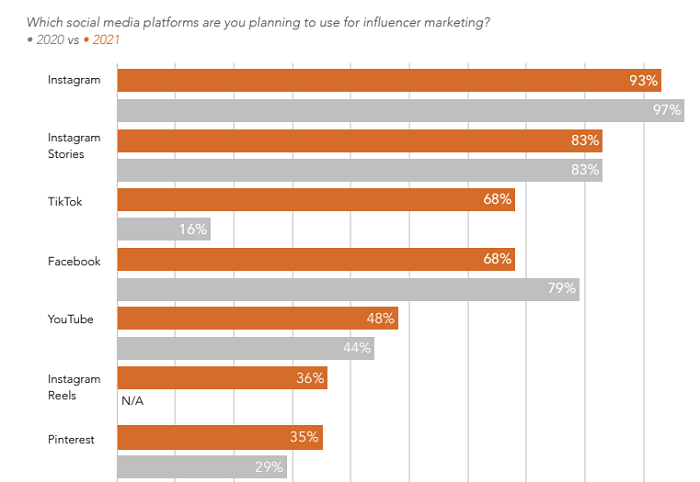
Interesting to note the appearance of Instagram Reels her also, while Snapchat and Twitter were just below Pinterest – and ahead of gaming platform Twitch.
There are some interesting notes here – likely nothing beyond what most would expect, but it is interesting to see the rising demand for TikTok expertise, and the various tactics most common amongst other marketing teams.
Will that influence your influencer marketing approach?
You can read Linqia’s full State of Influencer Marketing 2021 report here.
